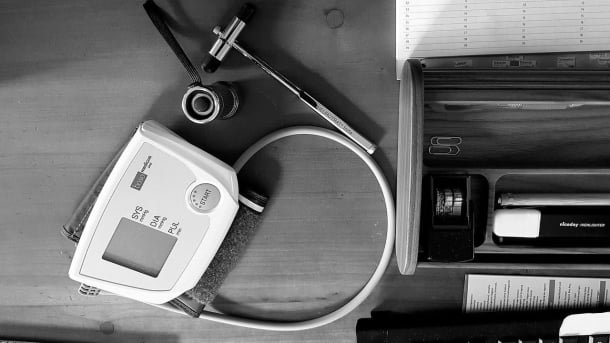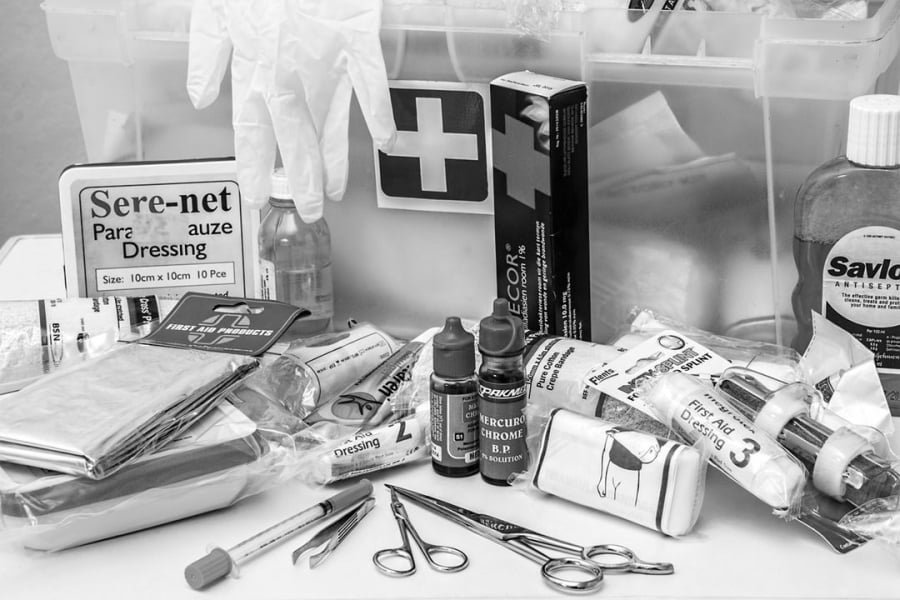How are products specifically designed for the elderly different to normal consumer products?

Designed Specifically
Products specifically designed for the elderly, are often tailored to meet the unique needs and challenges faced by older individuals.
The differences between normal products and those designed for the elderly can be quite dramatic.

Needs Oriented
When buying products for older people, it is important to consider not just the type of product but the specific needs of the person the product is intended for.
It is important to consider that the needs of older individuals can vary widely.

Suitability
Not all elderly products will be suitable for every senior.
The design of products for the elderly aims to enhance independence, safety, and overall well-being as people age.







